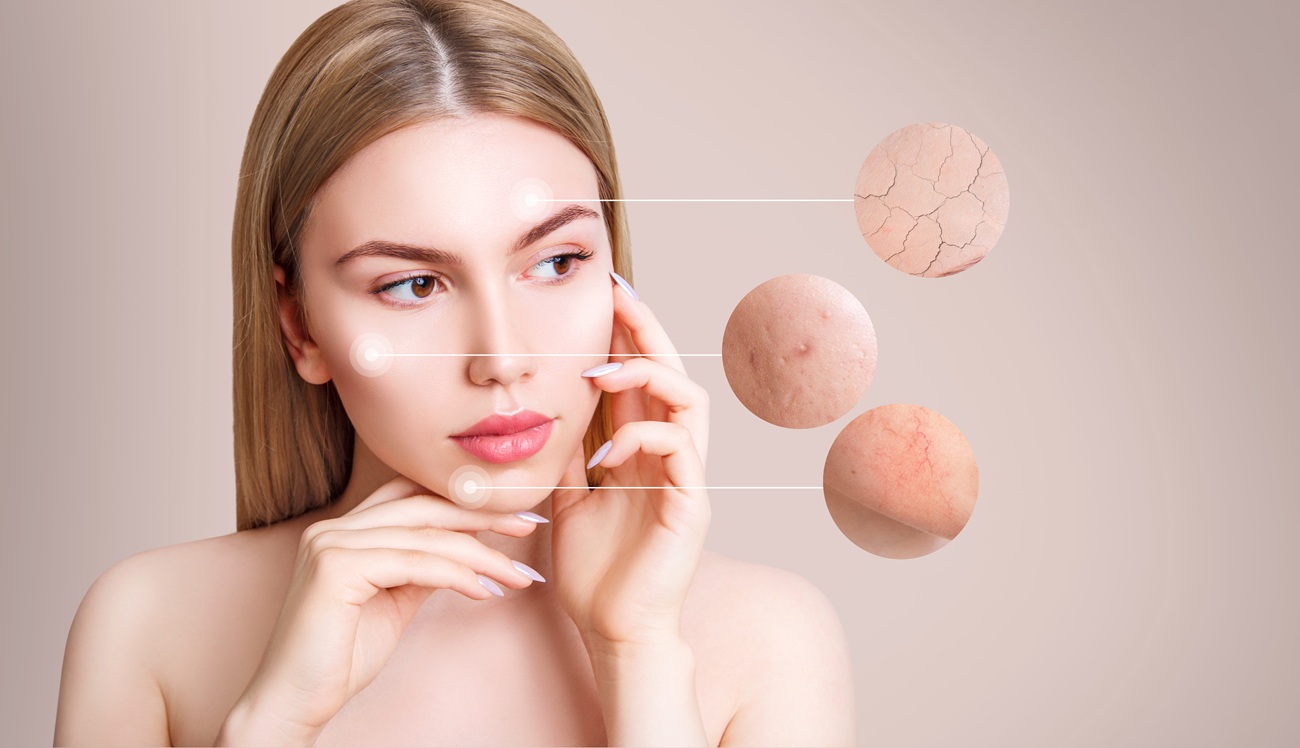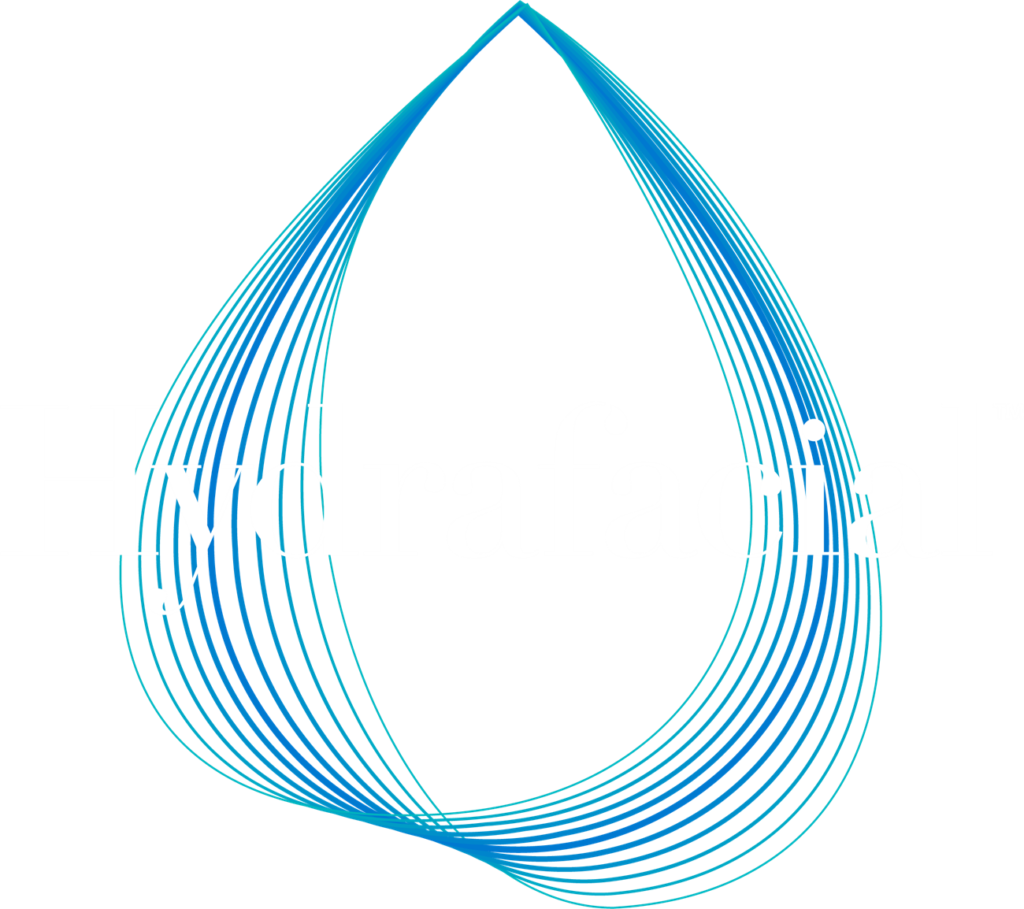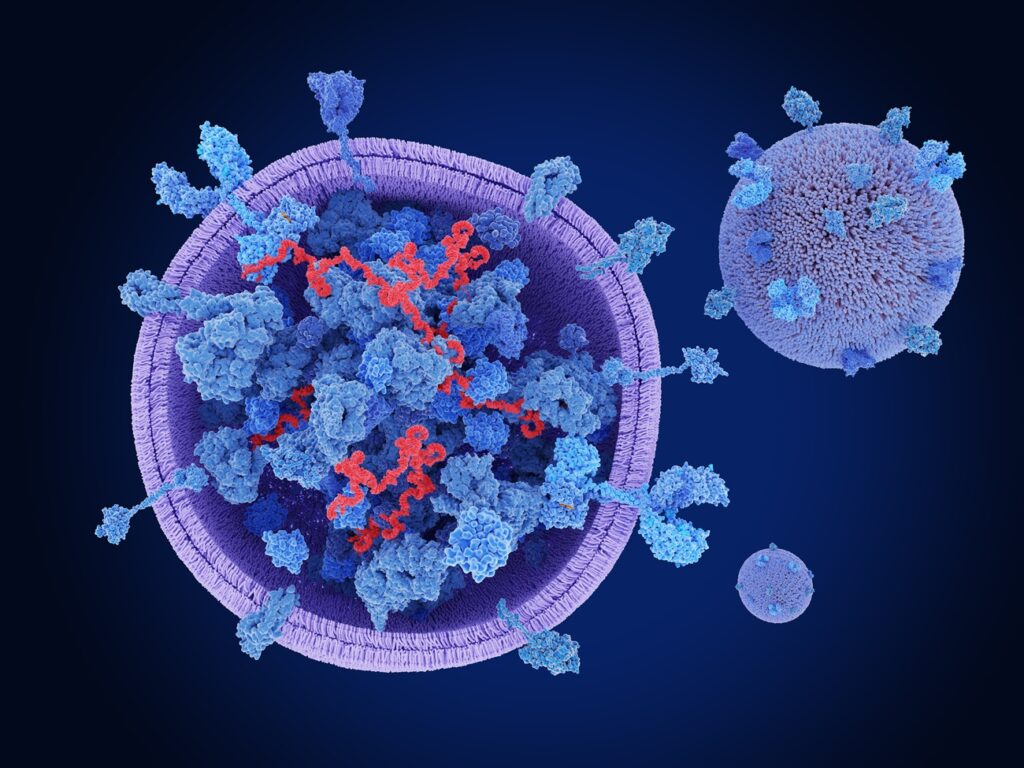What is PDGF in Aesthetics? The Regenerative Treatment Gaining Ground in 2025
There’s a new name getting serious attention in aesthetics: PDGF
Short for Platelet-Derived Growth Factor, PDGF isn’t a brand-new discovery. But in aesthetics, it’s quickly becoming one of the most talked-about developments in regenerative treatments. Some see it as the next major innovation. Others say it’s too early to know.
If you’ve tried PRP,
If you’ve seen exosomes,
If you’re wondering what may be the next meaningful advancement – this may be one to keep your eye on.
What is PDGF?
PDGF is one of the body’s most powerful regenerative signals. It’s a type of growth factor, a natural protein released by cells to encourage healing and repair. When you’re injured, PDGF is one of the first things your body sends to the area to begin the rebuilding process.
It helps stimulate collagen production, supports the formation of new blood vessels, encourages skin cell turnover, and recruits other cells that help repair and restore tissue.
In medicine, PDGF has been studied extensively and is already FDA-approved in treatments for wound healing, bone regeneration, and soft tissue repair. It’s been used in millions of patients with a strong track record of safety and efficacy.
So what happens when you apply that same science to aesthetics? That’s the question clinics and researchers are starting to explore.
Introducing Ariessence PDGF+
Ariessence Pure PDGF+ is a new treatment developed for aesthetic use – currently available as a topical serum applied after procedures. The product contains a lab-engineered, pharmaceutical-grade version of PDGF-BB – one of the most active and well-studied forms of this regenerative signal. It’s paired with hyaluronic acid to support hydration and comfort and is typically applied after treatments that trigger the skin’s natural repair process, such as microneedling, radiofrequency, or fractional laser. At this time, that’s how it’s most commonly used.
That said, there is growing industry curiosity around its potential for injectable use, a direction that’s still very early and being closely followed for both safety and efficacy. While we don’t yet know where that path will lead, it’s clear that the interest in PDGF goes beyond topical application alone.
Unlike treatments like PRP or exosomes, Ariessence PDGF+ offers a consistent, precisely measured dose in every application – and far more of it. While PRP contains a mix of your body’s natural growth factors, the actual content can vary significantly depending on factors like age, hydration, stress levels, and overall health. Ariessence delivers a controlled, sterile, pharmaceutical-grade dose of PDGF-BB that’s both more concentrated and more predictable than anything derived from a blood draw.
It’s currently being explored as a way to improve post-procedure healing, reduce inflammation, and support collagen production—though its full role in aesthetics is still unfolding.

PDGF vs PRP
Here’s how PDGF compares to PRP, a treatment many patients are already familiar with:
| PRP | Ariessence PDGF+ | |
|---|---|---|
| Source | Your own blood | Lab-made, sterile growth factor |
| Key ingredient(s) | A mix of your own growth factors, platelets, and plasma proteins | Pure PDGF-BB only |
| Consistency | Varies person to person | Same dose, every time |
| Application | Injected or microneedled | Topically applied or just starting to be used off-label in injectable form |
| Prep time | Blood draw + centrifuge | Pre-mixed and ready to use |
| Regulation | Widely used across multiple medical specialties, including aesthetics. While not FDA-approved specifically for cosmetic use, its safety profile is well established through years of clinical use and peer-reviewed research. | Ariessence is not FDA-approved. While similar PDGF-based compounds are FDA-approved for wound healing and bone regeneration, none are labeled for injectable aesthetic use and should be considered investigational in this context. |
While both treatments aim to stimulate regeneration, PDGF delivers one specific message at a much higher concentration and with significantly greater consistency.
How PDGF is Being Used in Aesthetic Medicine
Because PDGF plays such a key role in the body’s natural healing process, it’s being explored in a number of aesthetic applications. These include:
- As a post-microneedling topical to reduce redness and support collagen regeneration
- After fractional or RF laser treatments to calm inflammation and enhance skin recovery
- In scalp protocols to support hair follicle health and extend the hair growth cycle
- As part of post-surgical recovery plans to reduce scarring and improve tissue quality
- And most notably, in early off-label injectable use for areas like the under eyes—where providers are exploring its potential as an alternative or adjunct to PRP
These uses are still in the early stages of evaluation. Initial feedback from early users has been positive, and ongoing observation will help clarify how PDGF performs across different skin types and treatment goals.
Reported Benefits of PDGF
According to early clinical use and reports, patients receiving PDGF alongside procedures have reported:
- Less post-treatment redness and swelling
- Shorter visible recovery periods
- Improved skin texture and tone over time
- A brighter, more refreshed appearance
- Fuller, healthier-looking hair when used in scalp-focused protocols
However, because this treatment is still so new to aesthetics, long-term data is still being collected. The theoretical benefits are compelling, but as with any new technology, a larger body of evidence is needed to fully understand its impact.
Is PDGF Safe?
Like any medical procedure, the use of growth factors carries potential risks and should be approached with appropriate oversight and expertise.
PDGF itself is not new – it has a well-established safety profile from its use in FDA-approved treatments for wounds and surgical healing. Millions of patients have received PDGF in a medical context, with no concerning long-term safety signals.
Ariessence PDGF+ uses a recombinant (lab-made) version of PDGF-BB that is bioidentical to the one produced naturally by the human body. It’s manufactured under pharmaceutical conditions, sterile, free of preservatives, and contains no human or animal tissue.
That said, using PDGF in aesthetics – particularly in healthy, intact skin or as an injectable – is still very new. There are a few theoretical concerns providers are watching closely:
- Because PDGF encourages cell growth and tissue regeneration, there is a hypothetical risk it could overstimulate cells in areas where growth isn’t wanted—especially if used too frequently or injected into inappropriate tissue planes.
- As with any powerful growth signal, there is a general precaution about using it near undiagnosed or subclinical pathology. For example, in theory, it could affect precancerous or abnormal cells if present, which is why cautious application is advised.
- Finally, although PDGF is bioidentical and non-immunogenic, introducing it into the body—particularly via injection—carries a theoretical risk of sensitivity or inflammatory response in some individuals. This hasn’t been seen in wound care use, but it remains something to be mindful of as aesthetic applications expand.
So far, real-world use in aesthetics has been positive. But as with any new advancement, ongoing research and patient feedback are essential to fully understand its safety profile in this context.
Are We Offering It Yet?
Not yet—and for good reason.
PDGF is still extremely new to aesthetics. While we’re excited by its potential and encouraged by the science behind it, we feel a responsibility to proceed with care. At this stage, only a small number of clinics in the country are using PDGF as an injectable – and most of them only began offering it in the past few weeks to months.
It’s important to remember that success in one area of medicine doesn’t automatically translate to another. A drug that improves healing in compromised tissue, for example, doesn’t guarantee the same benefit, or safety, when introduced to healthy tissue. While PDGF has demonstrated promise in wound healing, its effects when injected into healthy skin remain unproven. Unlike PRP and PRF, which contain a broad spectrum of growth factors, PDGF is a single-molecule therapy. It’s not yet clear whether it can replicate the same regenerative benefits.
We’re following the data closely, especially around safety and outcomes. We may feel comfortable offering it sooner as a topical post-treatment add-on, where it’s already being used more widely. But when it comes to injections, we’re taking a watch-and-wait approach.
If and when the results and safety data align with our standards, we’ll be ready to bring it in as part of our practice.
So Is PDGF the Future?
It could be an important step forward. The science is strong, the rationale makes sense, and early results are promising.
But no single treatment is “the future” on its own. Every tool has a purpose – and PDGF may prove to be a very useful tool in the regenerative toolkit, especially as a potential evolution of what PRP has offered for years.
We’re watching the progress closely and will continue to evaluate the research, expert consensus, and patient outcomes. If PDGF proves to be as impactful as many hope, we’ll be ready to offer it with the same care and discernment we apply to every treatment decision.
Final Thoughts
Regenerative medicine is one of the most exciting frontiers in aesthetics – and PDGF is right at the center of it.
For now, we’re not offering PDGF-based treatments. But we’re watching, learning, and evaluating it with a clear eye and high standards. If and when we’re ready to introduce it, it will be because we’ve seen the data, reviewed the results, and believe it’s truly worth your time and trust.
As always, we’ll keep you informed every step of the way.
Have Questions?
Whether you’re curious about emerging treatments or simply want to understand what’s worth watching in aesthetics, we’re here to be your trusted resource.
If you have questions about PDGF or any of our other offerings, feel free to call or text us at 610-393-1253 or email us at info@allureaestheticsllc.com. Or if you’re ready to book, visit our booking page to schedule your appointment today.









